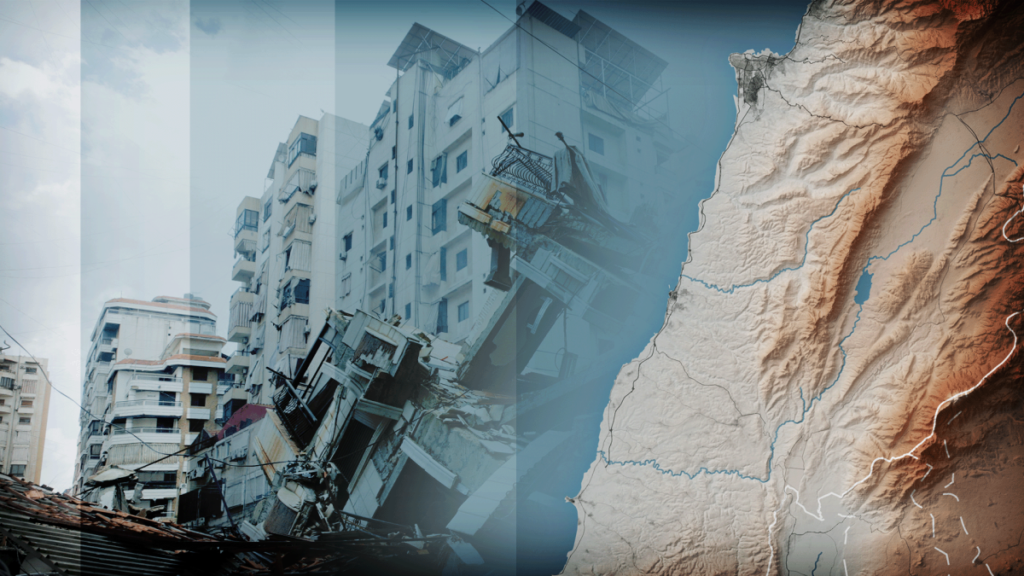Israel says it has launched an invasion of southern Lebanon after two weeks of attacks that Lebanese authorities say have killed more than a thousand people and forced up to a million to flee their homes.
The announcement of an Israeli ground operation against Hezbollah came four days after an airstrike that killed the Iranian-backed armed group’s leader, Hassan Nasrallah.
Israel has a decades-long history of conflict with Hezbollah, but the war in Gaza has led to nearly a year of deadly cross-border fighting between them.
We will update this page as the conflict unfolds.
Where is Lebanon located?
Lebanon is a small country with approximately 5.5 million inhabitants, bordered by Syria to the north and east, Israel to the south and the Mediterranean Sea to the west. It is located approximately 170 km (105 miles) from Cyprus.


Where is the Israeli advance?
Israeli troops and tanks that had massed close to the border on Monday have now invaded Lebanon, according to the BBC’s Lucy Williamson, who is in northern Israel – but it is currently unclear how far they have come.


The Israel Defense Forces (IDF) said it carried out “limited, localized and targeted ground attacks” against Hezbollah in southern Lebanon, but Hezbollah said the IDF’s claims that Israeli forces had crossed the border were false and that no clashes had yet occurred had taken place. .
Before the conflict escalated almost a year ago, about a million people lived in southern Lebanon.
On Tuesday, the IDF issued evacuation orders for 25 villages in the region, telling those who remained to leave their homes and “immediately move north of the Awali River” – which is about 50 km from the border with the coast ends. Israel.
Lebanese citizens have also been warned by the IDF not to use vehicles to travel south across the Litani River, about 30 km north of the border.


A ground operation in southern Lebanon entails many risks for the Israeli forces. Unlike Gaza’s flat coastal plains, southern Lebanon has rolling hills and mountainous terrain that makes it difficult for tanks to move easily without fear of being ambushed.
Hezbollah is also thought to have a network of tunnels in the region, with the group preparing for another full-scale conflict with Israel since the 34-day war in 2006.
What were the Israeli airstrikes aimed at?
The Israeli invasion of southern Lebanon comes after more than a week of intense airstrikes on Hezbollah strongholds in the country. Southern Lebanon has been hardest hit, with attacks also targeting the eastern Beqaa Valley and Beirut’s southern suburbs.


Israel says it is hitting Hezbollah locations including weapons caches and ammunition dumps, but Lebanese officials say more than 100 women and children have been killed.
For Lebanese civilians trying to flee southern Lebanon, the main route north is the coastal road that cuts through the country – but areas along that route have been targeted by airstrikes in recent days.
Hezbollah has also continued to fire rockets into Israel, with the majority targeting northern areas. The IDF says most have been intercepted. Some rockets have reached further south, damaging homes near the coastal city of Haifa.
The Israeli attacks on Beirut targeted Dahieh, a southern suburb, a densely populated area where thousands of civilians live and where Hezbollah has a strong presence.









